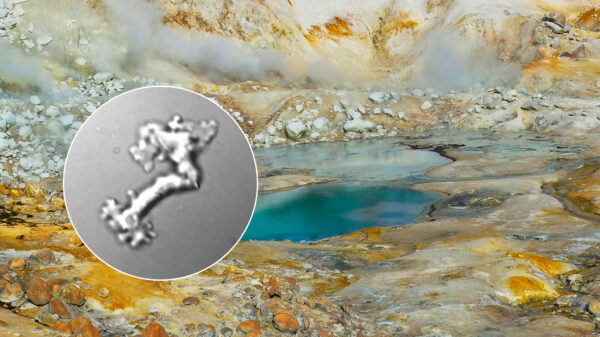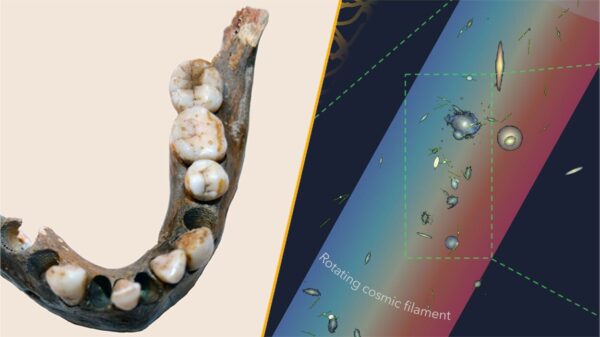Researchers from Queen Mary University of London and University College London (UCL) have unveiled evidence suggesting that humans possess a previously unrecognized sense, referred to as “remote touch.” This capability, akin to that exhibited by certain shorebird species, enables individuals to detect buried objects without direct sensory contact.
The study, led by Elisabetta Versace of the Prepared Minds Lab, aimed to explore whether the birds’ ability to sense prey beneath sand could also be present in humans. According to Versace, this marks the first investigation into remote touch within human subjects, fundamentally altering our understanding of the perceptual world and the concept of the “receptive field” in living organisms.
To examine this phenomenon, researchers conducted an experiment replicating the conditions that shorebirds encounter while foraging. Participants moved their fingers through sand, tasked with locating a concealed cube without physically touching it first. The findings revealed that human participants achieved a success rate of nearly double that of a robot equipped with a Long Short-Term Memory (LSTM) algorithm, demonstrating an impressive ability to sense proximity to the cube. Specifically, humans registered a 70.7% success rate in identifying objects within an “expected detectable range,” stopping within an average proximity of 2.7 cm (1.06 in), compared to the robot’s 40%.
This research indicates that humans can indeed sense objects through mediums like sand, where subtle pressure changes offer key cues. The implications of these findings extend beyond mere curiosity; researchers envision applications in enhancing robotic touch capabilities. Zhengqi Chen, a researcher in the Advanced Robotics Lab, expressed optimism about the potential to develop tools and assistive technologies that expand human tactile perception.
The study’s insights could lead to advancements in robots capable of delicate operations, such as the careful retrieval of archaeological artifacts or exploration of challenging terrains like Martian soil and ocean floors. Chen emphasized that these developments could significantly improve safety and effectiveness in hidden or hazardous environments.
While the research faces limitations, including the controlled nature of the lab environment and the absence of mechanical analysis of sand displacement during sensing, it paves the way for future explorations involving larger populations and diverse mediums. Lorenzo Jamone, Associate Professor in Robotics and AI at UCL, highlighted the collaborative nature of the research, noting how insights from human experiments informed the robot’s learning approach, while the robot’s performance offered fresh perspectives on interpreting human data.
This innovative study was published in the IEEE International Conference on Development and Learning in March 2024. The collaboration between psychology, robotics, and artificial intelligence showcases the potential for multidisciplinary efforts to yield both foundational discoveries and technological innovations. The exploration of human remote touch not only challenges existing perceptions but also opens new avenues for research and application in the field of human-robot interaction.






































































